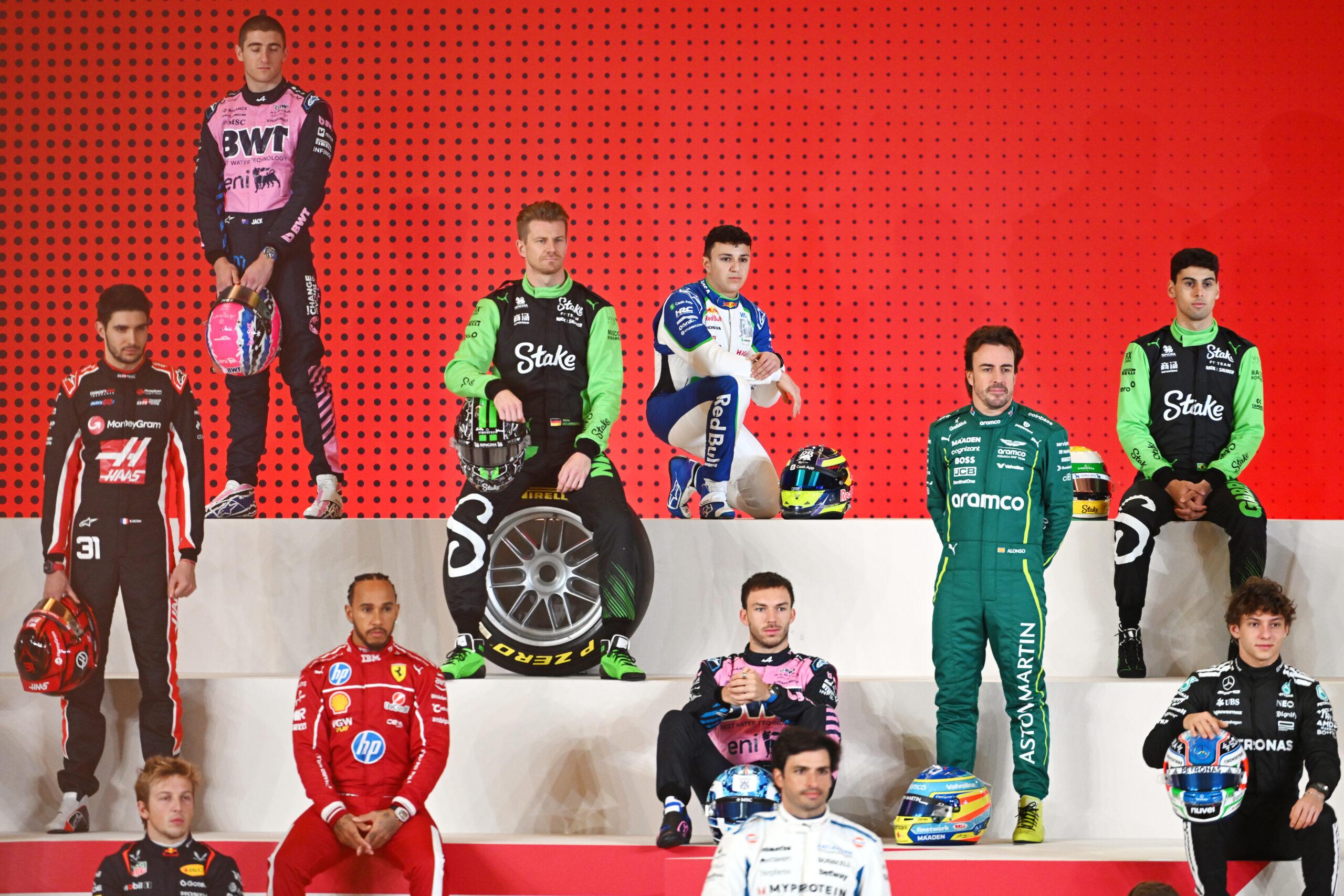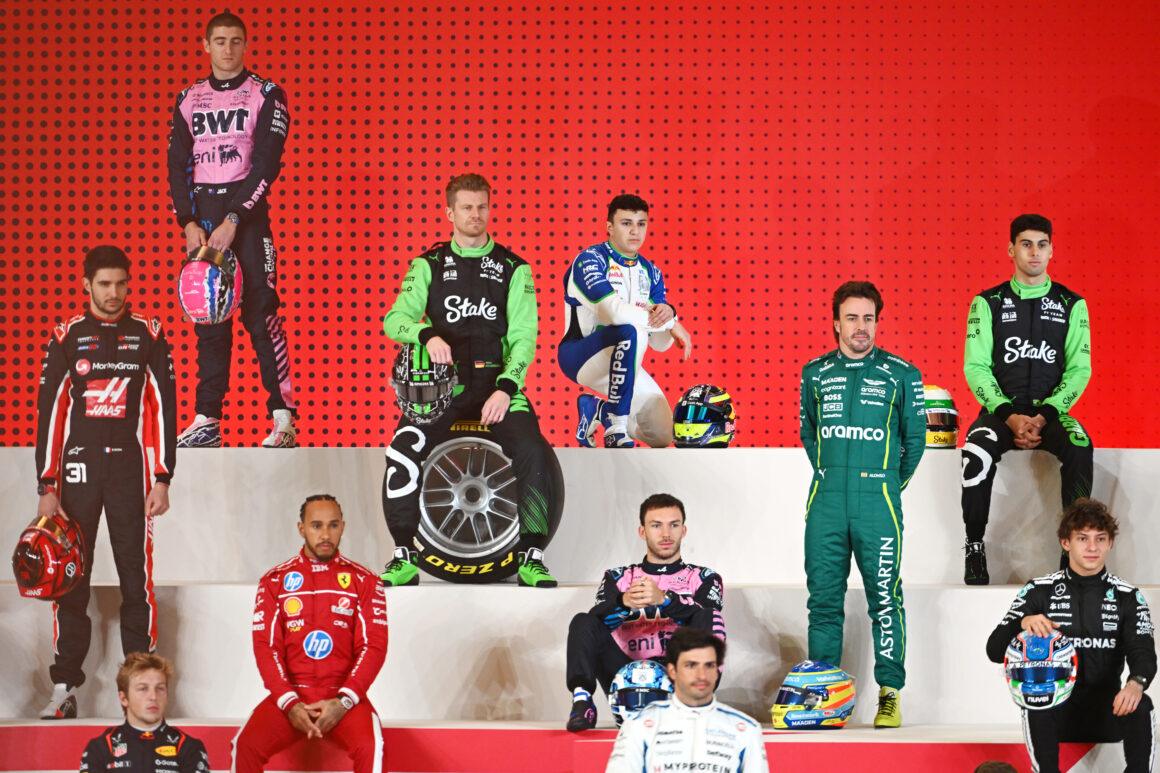Let’s kill the fairy tale: a modern F1 car doesn’t care about MPG. It cares about lap time. But you want the brutal truth? Fine. An F1 car sips like a fire hose, not a teacup. On a Grand Prix Sunday, the number that matters is fuel per lap and race distance, not miles per gallon. Still, we can translate the chaos into road-car language. And yes, the numbers are hilarious.
So what’s the real-world picture? Across full race distance, an F1 car lands somewhere in the single-digit MPG neighborhood. Think 5–8 MPG, give or take circuit layout, lift-and-coast, safety cars, and how greedy the driver’s right foot feels. File this under: Yikes.
How F1 Fuel Use Actually Works
F1 doesn’t use a gas station concept of efficiency. It uses a fuel mass limit and an energy strategy. Teams start the race with a capped fuel load (about 100 kg) and must stretch it over the entire distance without refueling. Translation: your strategy had better be smarter than your engine is thirsty.
There’s also a per-lap ballet. Drivers lift off the throttle early, short-shift, and deploy hybrid energy to meet targets. Miss that target? Your last laps turn into economy mode while rivals rocket past. Another masterclass in how NOT to win a race.
Key Variables That Smash Your MPG Dreams
Circuits matter. Tracks with long straights and high drag setups make fuel numbers look worse than my grandmother’s WiFi. Stop-start tracks with lower full-throttle time play nicer. Wind and heat can spike consumption too—the wind plays favorites, and the heat? The track temperature hit levels that would make Hell consider air conditioning.
Safety cars and virtual safety cars slash consumption. One neutralized stint and suddenly your predicted margin isn’t a panic attack anymore. Strategy calls still decide it—bold strategy: let’s do exactly what lost us the last three races.
Converting F1 Consumption to MPG (So You Can Laugh)
Let’s rough it out. F1 cars start with around 100 kg of fuel. That’s roughly 130 liters. Depending on the track, they’ll cover about 190–200 miles in a race distance. Do the math and you land around 6–8 MPG. When teams push flat-out (qualifying trim, no saving), efficiency plummets toward the lower bound. Lights out and away we… oh wait, your MPG already cried.
On some heavy-throttle tracks? Expect worse. High drag setups turn fuel into lap time and heat. The competition? Reduced to expensive spectators—unless they managed their energy like accountants with a podium bonus.
Fuel: What’s In The Tank?
It’s not rocket fuel. It’s highly refined unleaded gasoline within strict chemical regulations, tightly audited for composition. No nitro circus. But don’t be fooled—combustion efficiency is obscene. F1 power units squeeze energy like it owes them money, then the hybrid system rifles it back for seconds.
That hybrid element—the MGU-K and MGU-H era before 2026—turns wasted heat and braking into free horsepower. Free as in physics, not budget cap. Classic F1: engineering witchcraft, accountants crying softly.
Why F1 MPG Is So Low (And Why That’s Fine)
Downforce is the MPG assassin. Those wings glue the car to the track, but they drag like a parachute. More downforce equals more drag equals more fuel. You want corner speed? Pay the piper in petrol. That’s the deal.
Then there’s power. A modern F1 power unit produces around 1000 horsepower in qualifying trim. Road cars go home and cry into their warranties. Efficiency in terms of power-per-fuel is incredible; efficiency in car-nerd MPG terms? Not the point. F1 didn’t just win the tech war; it sent everyone else back to karting school.
The Hybrid Trick: Fast And (Relatively) Efficient
Here’s the twist: compared to the V8 and V10 eras, hybrid F1 engines are more efficient per unit of energy. Thermal efficiency numbers have punched past 50% in some claims. That’s ridiculous—and real. If you crave MPG, go buy a hatchback. If you crave speed with fewer carbon sins than the past? Thank the hybrid era.
In races heavy on energy recovery—tight corners, big braking zones—you’ll see stronger economy. On tracks like Monza? The wind played favorites today; apparently it’s a low-drag fan. Everyone else just burned fuel like fireworks.
Track-by-Track Reality: Why Numbers Swing
Let’s map the usual suspects. High-speed shrines like Monza and Baku? Brutal on fuel because of prolonged full-throttle. Street circuits like Monaco and Singapore? Less time pinned, more braking, more recovery—slightly friendlier on the tank.
Altitude matters too. At Mexico City, thin air reduces drag and downforce. You chase setup compromises while the engine works harder. The plot thickens like team excuse lists.
Real-World Examples (Rounded, Not Gospel)
- Monza: Low-drag trim, high throttle. Expect low-end MPG, aggressive fuel targets.
- Singapore: Heavy braking, stop-start. Better energy recovery; MPG slightly less awful.
- Silverstone: High-speed corners, medium-to-high drag. Mid-pack MPG pain.
- Baku: Monster straight. Kiss your economy goodbye.
Comparing Eras: Hybrids vs. Dinosaurs
Old V10s and V8s sounded like Armageddon and drank like it too. Refueling masked consumption. Those cars would often run worse than today’s single-digit MPG if you standardized conditions. But nobody cared—they were too busy smiling at 19,000 rpm.
Now? No refueling, strict fuel mass limits, and energy deployment windows. Strategy is a chess match with a stopwatch. Somewhere, a PR manager just had a minor stroke when the team radio admits “we’re fuel saving.”
Historical Callback Time
When teams misjudge fuel like amateurs, channeling 2016 Mercedes, except nobody asked for that sequel. We’ve seen late-race fuel panic turn heroes into rolling chicanes. That defense was pure Schumacher—minus the success part.
And yes, some drivers save fuel like artists. Classic Alonso lift-and-coast—the move that’s sent more drivers wide than a bad GPS. Efficiency with menace.
The 2026 Question: Will MPG Improve?
The next-gen power units lean harder into electric deployment and sustainable fuels. More harvested energy, less dependency on raw fuel flow. Translation: lap time from electrons, not octane. Real-world MPG might inch up, but don’t expect miracles. Aerodynamics still eat sandwiches and fuel for lunch.
What you will see: race strategies shifting around battery state-of-charge windows, deployment games, and maybe, just maybe, fewer late-race fuel chokeholds. Did Ferrari strategists forget how to count laps? Again? The future will test them.
Road-Car Relevance Without the PR Fluff
Thermal efficiency gains trickle down. Turbo tech, fuel atomization, hybrid control—all road relevant. But your crossover won’t pull off the ol’ Verstappen divebomb special. Warranty void where prohibited.
Bottom line: F1 proves what’s possible under pressure. Then your commute cashes a tiny fraction of that check.
Quick Reference: F1 Fuel and Mileage Snapshot
| Factor | Impact on MPG | Notes |
|---|---|---|
| Total race fuel | ~100 kg (≈130 L) | No refueling; manage or suffer |
| Race distance | ~190–200 miles | Varies by circuit |
| Estimated MPG | ~5–8 MPG | Track and strategy dependent |
| High-drag setup | Worse MPG | Downforce tax |
| Hybrid recovery | Improves effective efficiency | Braking turns into pace |
| Safety cars | Saves fuel | Strategy lifeline |
The Verdict
If you wanted Prius numbers, you came to the wrong paddock. F1’s “real mileage” sits around single-digit MPG, shaped by aero, hybrid deployment, and no-refuel chess. It’s ugly on paper and beautiful on a stopwatch. That’s the sport.
So what’s the final word? F1 didn’t just redefine efficiency at speed; it sent everyone else back to karting school. The rest of us? We grab popcorn. Because the plot thickens every Sunday—right alongside the excuse lists.

